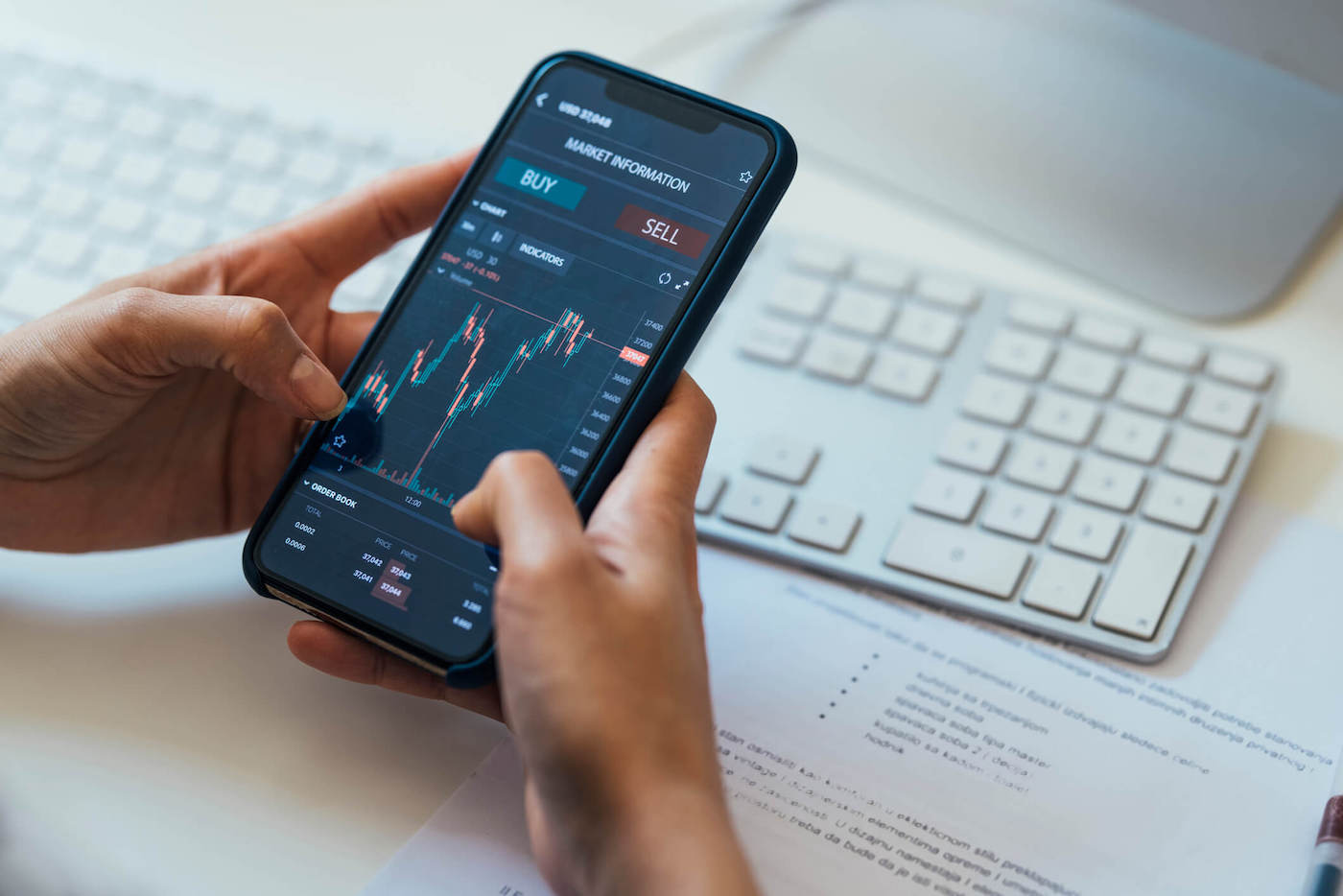

Finance
Buy Weakness Definition
Published: October 21, 2023
Looking to buy weakness definition in finance? Explore our comprehensive collection of financial resources and gain a deep understanding of weak points in the industry.
(Many of the links in this article redirect to a specific reviewed product. Your purchase of these products through affiliate links helps to generate commission for LiveWell, at no extra cost. Learn more)
Introducing Buy Weakness in Finance
When it comes to the world of finance, one term that often comes up is “buy weakness.” But what does it mean exactly? In this blog post, we will delve into the definition of buy weakness and explore its significance in the realm of investments.
Key Takeaways:
- Buy weakness is a strategy in finance where investors purchase stocks or other financial assets when their price experiences a temporary decline.
- It requires a keen understanding of market trends and analysis to identify opportunities for buying weakness.
Understanding Buy Weakness
In simple terms, buy weakness is a strategy employed by investors to capitalize on temporary price declines in the financial market. This approach involves purchasing stocks, bonds, or other assets when their price experiences a dip, in the hopes that their value will rise in the future, allowing for profitable returns.
In essence, buy weakness is based on the idea that temporary market fluctuations provide an opportunity rather than a risk. Instead of being discouraged by price drops, investors who believe in the concept of buy weakness see them as an advantageous time to enter the market or add to their existing positions.
The Significance of Buy Weakness
Buy weakness is a valuable strategy in finance for several reasons:
- Value Investing: Buy weakness aligns with the principles of value investing, which focuses on identifying undervalued assets and investing in them for long-term gains.
- Lower Entry Points: By buying weakness, investors can enter the market or expand their portfolio at a lower cost, potentially increasing their potential returns.
- Emotional Discipline: This strategy encourages investors to maintain emotional discipline and see market downturns as opportunities rather than reasons to panic or sell their holdings.
- Market Timing: Buy weakness requires sound market timing skills, as investors need to differentiate between a temporary dip and a sustained downward trend.
Implementing the buy weakness strategy successfully relies on conducting thorough research and analysis. Fundamental analysis, technical analysis, and monitoring market news and trends are all essential for understanding when weakness occurs and identifying valuable investment opportunities.
Conclusion
Buy weakness is a powerful strategy in finance that allows investors to capitalize on temporary price declines in the financial market. By adopting this approach, investors can take advantage of lower entry points, align with value investing principles, and maintain emotional discipline in the face of market fluctuations. However, it is crucial to conduct proper research and analysis to identify genuine opportunities for buying weakness. So, whether you are an experienced investor or just starting, consider incorporating the buy weakness strategy into your investment approach and seize opportunities that others may overlook.














